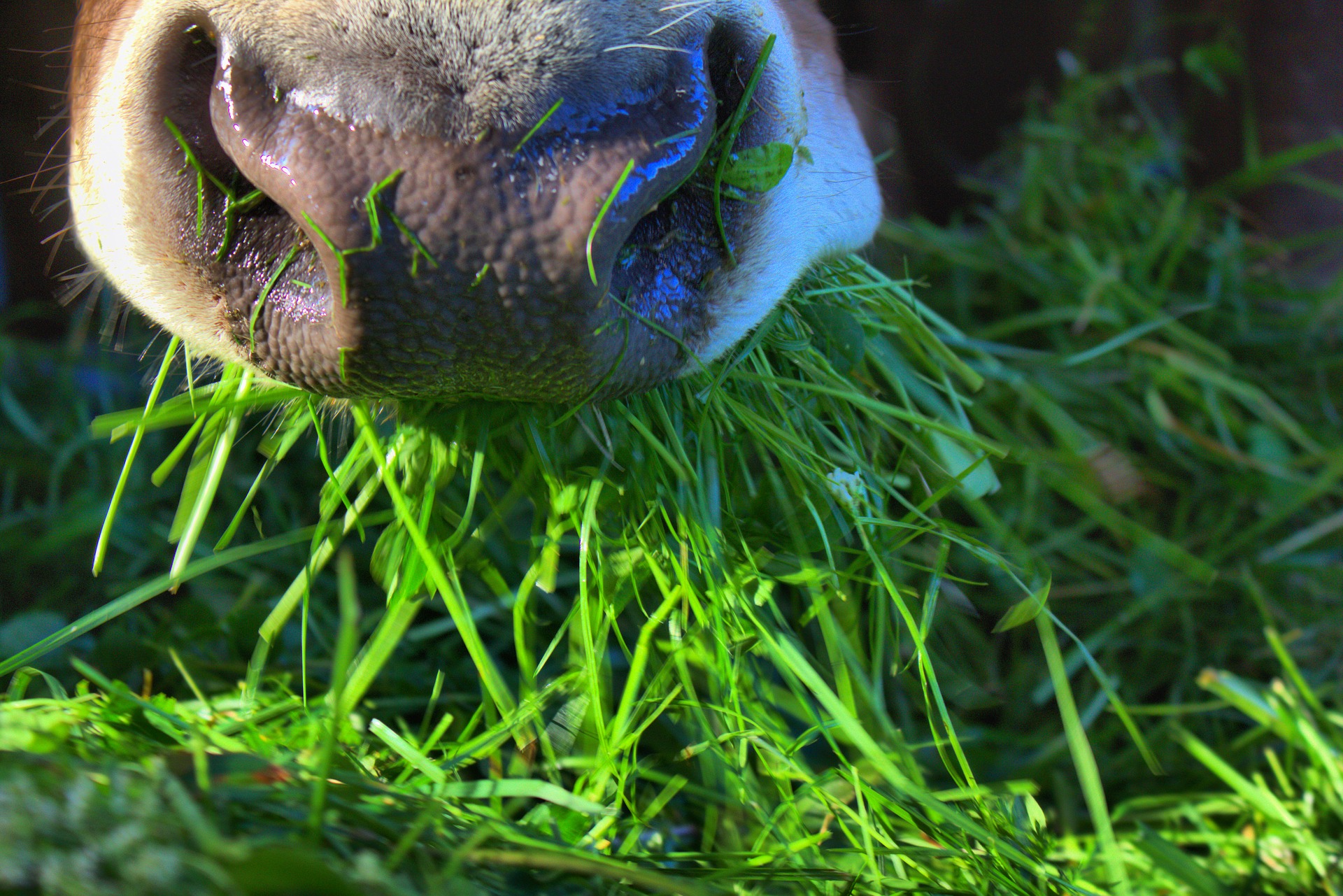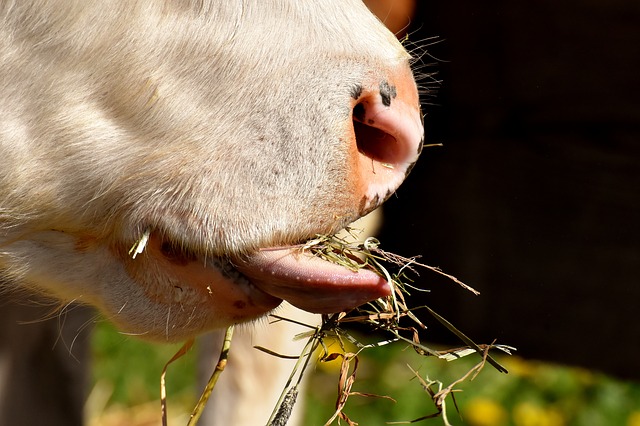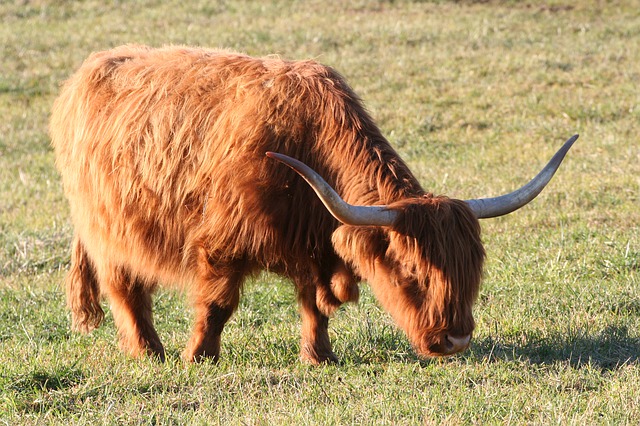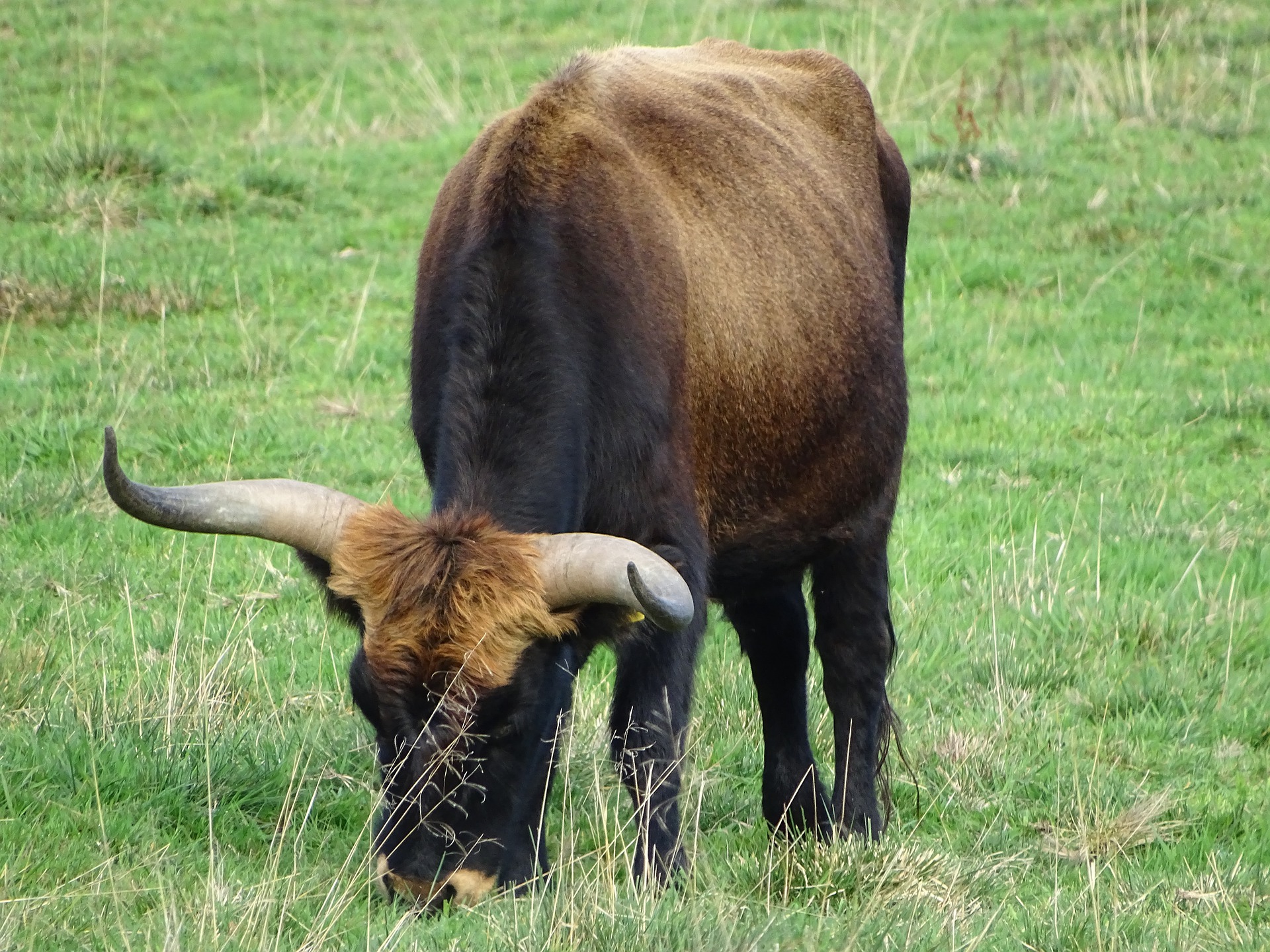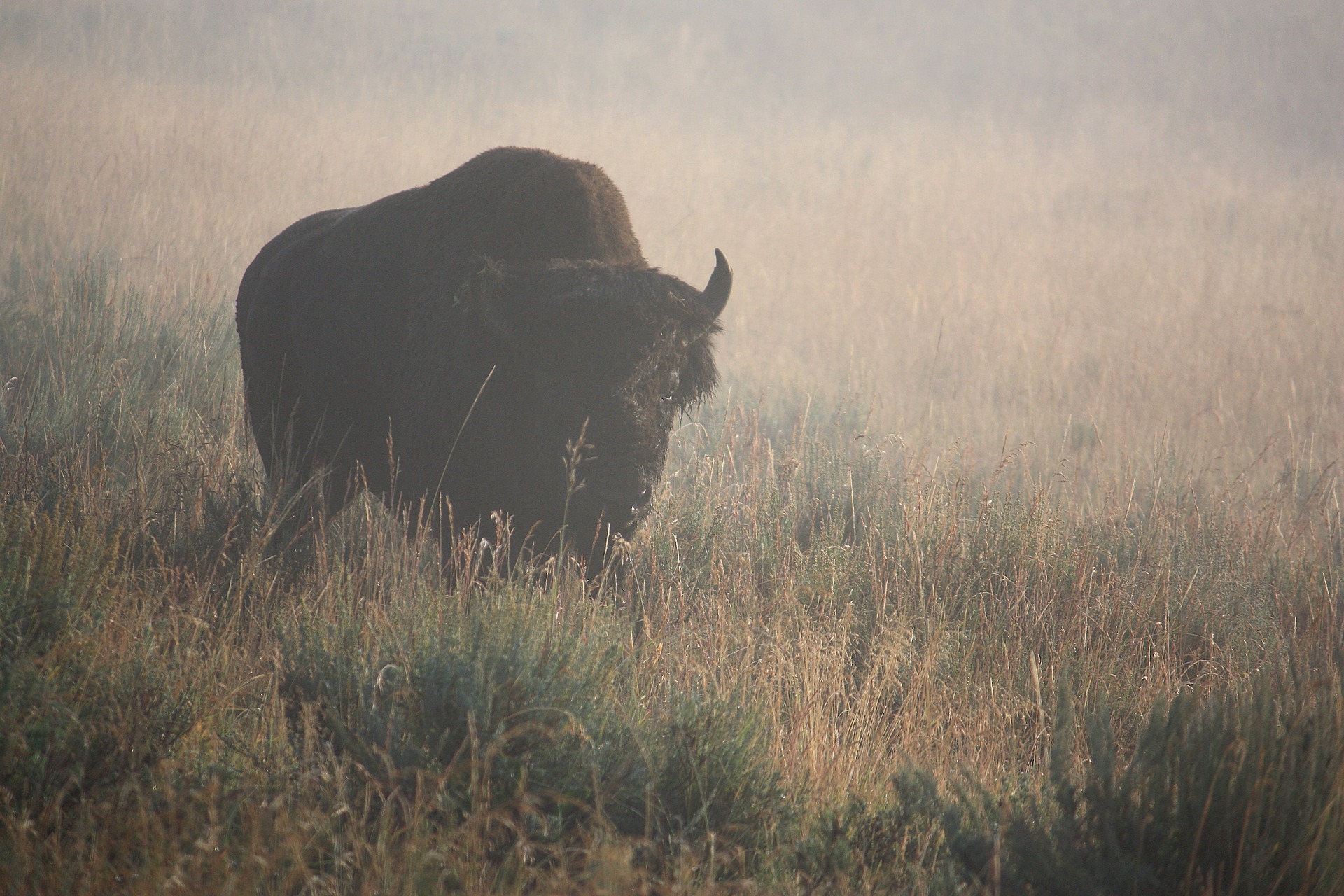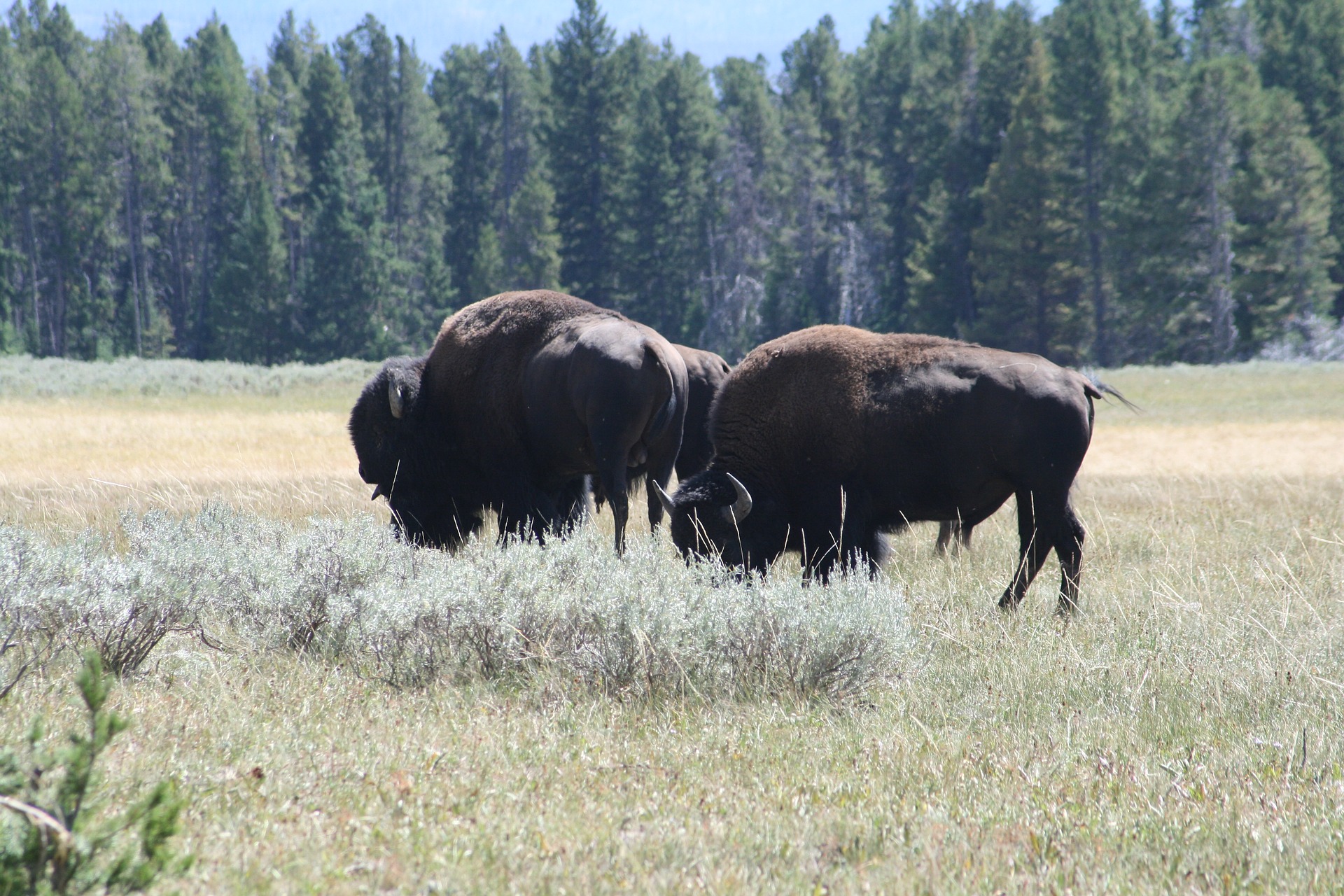FACTS & INFO
ABOUT RUMINANT DIGESTION
Ruminants are herbivores, that much is certain. But, how do they make use of the plants they eat? How are they able to gain essential nutrients from plants alone, unlike most animals? Find out more below.
***Note: Not all buttons are active links! See below for details.
Check out “The Wonderful Ruminant Herbivore” article for more information. Here are some excerpts below.
Scientists Say There Are Three Types…
Did you know that there are different functional groups of ruminants? Based on their dietary habits, as well as what their primary habitat is, these ruminants have slightly different dietary requirements that sets them apart from each other.
These three groups are:
- Grazier or roughage “bulk feeders”
- Intermediate feeders
- Concentrate or browsers
Grazer or roughage ruminants are typically “least selective” or tougher when it comes to what they often eat. These ruminants often select plants that are high in fibrous material, like cellulose and lignin. They have the largest rumens of all three types to increase digestibility and nutrient utilization. Grasses, sedges, some forbs (or herbaceous broad-leafed plants), shrubs, and lower tree leaves make up the primary diet of these ruminants.
- Domestic cattle, bison/wisent, buffalo, domestic and wild sheep, wildebeest, guar, oryx, hartebeest, waterbucks, reedbucks.
Intermediate ruminants are a little more selective. These animals eat whatever they need in the season, and are opportunistic feeders. Diets vary widely from grasses and sedges to forbs, shrubs, and tree leaves. They do not do as well on high-fibre diets, and have smaller rumens, with a more “moderate” fermentation and metabolic energy rate compared with roughage ruminants.
- Elk/wapiti, domestic and wild goats, pronghorn antelope, muskox, Sika deer, red deer, Pere David’s deer, fallow deer, ibex, caribou/reindeer, impala, gazelles, eland, steenbok, most antelope species.
Browser “concentrate” ruminants are the “picky eaters.” They have small rumens, high fermentation rates, and higher metabolic energy rates. They also have higher feeding frequencies and typically seek out the most delectable, succulent tree leaves, forbs, and shrubs. Rarely will they graze, only when plants are at their most succulent stage.
- Deer (white-tail, mule, black-tail, key), moose, muntjacs, roe deer, gerenuks, musk deer, giraffes, kudus, okapi, bongo, duikers, pudus, brocket deer, dik-diks.
The Mouth is Where it All Begins
All ruminants have no upper incisors. They only have lower incisors, plus upper and lower molars for chewing.
They’ve evolved to have no upper incisors due to very powerful, rough tongues they use to grab a mouthful of grass, hay, grain, tree leaves, or anything else they can put in their mouths.
Unlike us humans who are always reminded, as per our childhood, to chew our food well before swallowing, a ruminant will only chew that mouthful of grass or hay a few times before it goes down the hatch. The amount of time spent chewing, though, depends on the water content of the feed, and the amount of saliva that needs to be produced!
It is estimated that a cow can produce over a gallon (4 litres) of saliva per day. Other ruminant species also produce a lot of saliva, all for the same reasons.
Saliva is crucial for eating and digesting coarse plant material. Without it (or with much less of it), they cannot gulp down the plant material as easily, and may choke. Think of how much saliva you need to produce when you chew on raw kale. This is very similar to what a ruminant must do, all day, every day.
Ruminants need more saliva (and water) when eating hay versus fresh forage, largely due to the huge difference in moisture content. Hay has an average moisture content of 15 to 18%. Fresh forage has a moisture content that falls around 80 to 90%.
The other problem a ruminant faces with dry feed is that more chewing is needed. This helps break it down into finer particles. Fine particles are easier to swallow, and easier for her rumen microbiome to access and start breaking down.
A ruminant chews via a side-to-side or “lateral” chewing action of her lower jaw which shears the plant cell walls apart. This allows rumen microbes to easily access cell contents further down the line of the digestion process.
With eating fresh plants, there’s no need to chew for longer than a couple of times. Fresh plants’ cells are already so full of water that any extra chewing effort to break them down is not required. This can be detrimental in some cases, though, as this speedy process releases nutrients (proteins in particular) too quickly leading to bloat.
Saliva also helps prevent rumen contents from getting too acidic. Saliva has an alkaline pH of 8.9 thanks to its high concentration of bicarbonates and other constituents. These compounds buffer rumen contents, preventing acidosis. Saliva also provides nutrients for rumen microorganisms, adds liquid to the rumen for fermentation, helps digested feed (or “digesta“) to pass through the digestive tract, and can reduce risk of bloat with its anti-foaming properties.
Just like with us, saliva–as well as chewing–is important to make it easy for the food to travel from mouth to stomach. However, unlike with humans, it travels down to a fermentation vat where billions of microbes eagerly await their next meal!
The Multi-Chambered Advantage
It is only partly true that ruminants have four stomachs. Colloquially, but not technically.
Ruminants actually have three forestomachs in addition to their true stomach.
These three forestomachs are the chambered extensions of the esophagus. Through the process of evolution of over 50 million years, these forestomachs have developed the complex capacity of anaerobic (oxygen intolerant) fermentation, by turning inedible (to us and most non-ruminant animals), coarse, fibrous plant matter into nutrients for the ruminant and then as food for the predators of ruminants, including us.
The forestomachs are the reticulum, rumen, and omasum. The true stomach is the abomasum.
The first forestomach is the reticulum. It is important for two reasons. One is for its ability to catch foreign objects on their way to the rumen. These can be anything from rocks to wire; basically, any object that drops to the bottom of the reticulo-rumen and won’t move through the rest of the digestive tract. The reticulum is also known as the “Hardware Stomach.” The other reason is that it preps enough partially-digested material from the rumen to be regurgitated as cud. Cud-chewing will be discussed later.
The rumen is the second, and the most important forestomach in terms of the ruminant digestive tract. This is where the magic happens; where an ecology of anaerobic-loving microbes live (and die) to break down plant matter into various important nutrients. The following section discusses more in-depth about rumen fermentation.
Finally, the omasum is the third and final forestomach. Its primary function is moisture absorption. It contains many layers of epidermis (skin) folded together to maximize absorption. Digesta moves from the rumen into the omasum to have as much liquid removed as possible before being moved into the abomasum. The purpose of this organ is to a) prevent the abomasum from being stuffed so full of mostly-liquid digesta to where it may burst and b) to pack as much solid material to be further digested as possible, maximizing digestive efficiency.
The true stomach, the abomasum, functions very similarly to our stomach. It is where hydrochloric acid and peptidases are secreted to digest the already-partly digested material and to further break down peptides, proteins into amide and amino acids, respectively.
A Walking Decomposition Vat
The rumen is a special kind of place in the ruminant digestion tract. It’s the organ that defines a ruminant as a ruminant. It’s here where we get proof, beyond a shadow of a doubt, that a ruminant is extremely capable of turning forage into things like natural organic fertilizer, milk, metabolic energy to live another day, and when it’s time to harvest the animal, highly nutritious food.
Sadly the rumen is where ruminants, particularly cattle, have been getting far too much flack for two major things:
- Being in “direct competition” for eating plants, “that could otherwise go to other humans,” as critics have often pointed out.
- Producing “too much” methane, a highly potent greenhouse gas, that is allegedly “killing the planet.”
Both these subject areas will be covered in more detail in the Ruminants & The Environment page and subpages.
A ruminant can’t literally turn grass into flesh without this symbiotic, mutually beneficial relationship she has with billions of microorganisms living in her rumen. These tiny living beings, categorized in several completely different taxonomic kingdoms than either her or us, are the ones responsible for feeding her plus themselves. No ruminant can live on plants alone without this crucial biological community living within them. She would either starve to death or have to completely change her diet to a more omnivorous one.
There’s an extremely good reason why a ruminant is called a walking anaerobic decomposition (or fermentation) vat on four legs. The symbiotic relationship between the ruminant and billions of microbes turns plant material into both flesh and organic manure that is quickly decomposed by soil life. And not just any old “normal” plant material you and I consider food. This is plant material we would never consider as food, like grass, twigs, coarse leafy material, and so on; stuff that is classed as “inedible” to us humans. Like hay, or silage, or unprocessed grains.
To keep her large yet tiny microscopic army alive and well, she needs fibre. Otherwise, she will suffer and die.
Diets that are very low in fibre but high in energy can create acidic conditions in the rumen. In serious situations, like where animals are suddenly switched from eating forage to eating grains, this often leads to a serious and sometimes fatal condition called “acidosis.”
On the other side of the coin, a ruminant can also die if she gets too much fibre in her diet. A lack of protein will cause things to “stop up” and microbes to be unable to keep up with the overload of fibrous plant material in the gut. Below is a link that leads to another page where we discuss more on how ruminants get their protein.
Fibre is basically a type of complex, long-chain plant carbohydrate. It’s not a nutrient and arrives in various forms, most notably cellulose, hemicellulose, and lignin. The microorganisms in a ruminant’s forestomach require cellulose to keep their host healthy and productive; especially for the long haul. This is a far different story than what’s told by most monogastric animals (like us humans), which do not require near the amount of fibre to be healthy. These microbes also need some form of protein and energy; however, the energy question is taken care of by that cellulosic source.
All the microbes in the rumen–bacteria, fungi, archaea, and protozoa in that order–break down these complex carbohydrates into smaller and smaller pieces. These organisms that work together in an ecological community form a biofilm on the surface of plant tissues; altogether they various different enzymes that are needed to digest a variety of types of chemical compounds that make up plants’ various tissues.
These plant tissues are progressively broken down into smaller and smaller molecules that get used by other microbes to produce VFAs (volatile fatty acids), vitamins, and cofactors needed by other microorganisms. Such a diverse partnership prevents the accumulation of particular end products of fermentation that could harm the ecology of the rumen as well as the animal herself.
These microorganisms have a life span that is only 15 minutes long. A large portion of them moves down the bovine digestive tract to be utilized as an amino acid source for the ruminant.
VFAs, a result of carbohydrate fermentation (like cellulose), are transported across the rumen wall into the bloodstream of the cow, where they are utilized by the cow’s various bodily cells as an energy source.
Byproducts of fermentation are ammonia (NH4), carbon dioxide (CO2), methane (CH4), and hydrogen gas (H2-). Methanogenic archaea take hydrogen gas and convert it into methane, which is released (along with carbon dioxide) through belching.
Ruminants belch (or rather, more sciencey-speaking, eructate) almost silently, and about once every minute. All ruminants need to eructate to alleviate pressure on their rumen. If they don’t belch and don’t release those gases, they will bloat. When they bloat up, and if the gases are not released, a massive amount of pressure is put on their lungs to the point where they die from internal asphyxiation. Or to put it more simply, a ruminant will suffocate to death from within.
The Importance of Chewing the Cud
A cow’s rumen and reticulum (hence “reticulorumen”) are always contracting and mixing different sizes of particles and liquid. When it comes time to ruminate, though, heavier feed particles in the rumen are moved into the reticulum before they get regurgitated and rechewed.
The whole purpose of rumination via mastication–or rather remastication (mastication is just a fancy scientific word for chewing)–is to break down feed particles into tinier bits that the rumen microbial community can more easily access.
A ruminant will spend anywhere from 30 seconds to over 2 hours per rumination period to chew her cud. One rumination bout lasts from 30 seconds to over a minute, with a new bolus (basically a slimy, salivary/ruminal-fluid-soaked mouthful of feed) being regurgitated, rechewed, then swallowed, and repeated again.
A cow would spend upwards of a total of 8 to 9 hours per day chewing her cud, with a range of 10 to 20 rumination periods to go through every day (or rather, in a 24-hour period). Most rumination occurs during the night, although cows will rest and chew their cud at certain times during the day, usually when they’re feeling the need for a bit of a rest.
To us, that seems like a lot of regurgitating and chewing. But to a ruminant, it’s just a part of life.
One interesting thing about rumination is that certain feeds can actually inhibit cud-chewing, or rather significantly reduce its daily duration and timeliness. Cattle on a high-concentrate finisher diet (~90% grain ration in the feedlot) only chew cud for around 1 to 3 hours per day; researchers have found that the smaller the feed particles, no matter if it’s silage or grain, the less the amount of time cattle spend ruminating, even though the innate desire to do so is still very strong.
As a matter of fact, scientists have found that highly fermentable feeds (starchy feeds like cracked corn, chopped barley, or rolled oats) can cause the rumen to stop regular contractions; even eating highly-digestible forages that cause the animal to bloat (such as clover and alfalfa) can stop normal reticular-rumen contractions, just as chemical receptors lining the rumen can when they sense that there are much higher concentrations of VFA and urea present and if osmotic pressure is abnormally high. It’s not good for the cow when the rumen stops its contractions. “Ruminoreticular stasis” is not a malady, but rather a symptom of something more serious for a cow, such as acidosis, or bloat; both of which a cow can die from if not treated right away.
Find Out More On How Ruminants Get Their…

